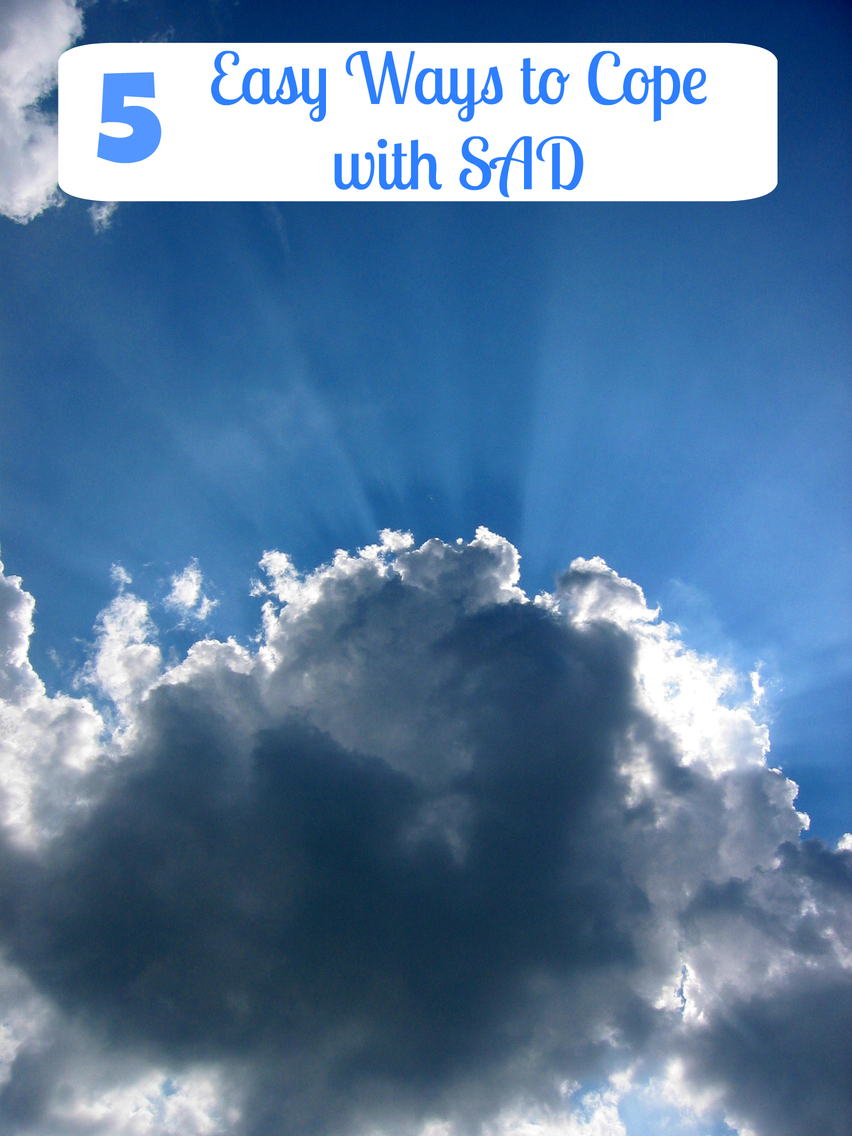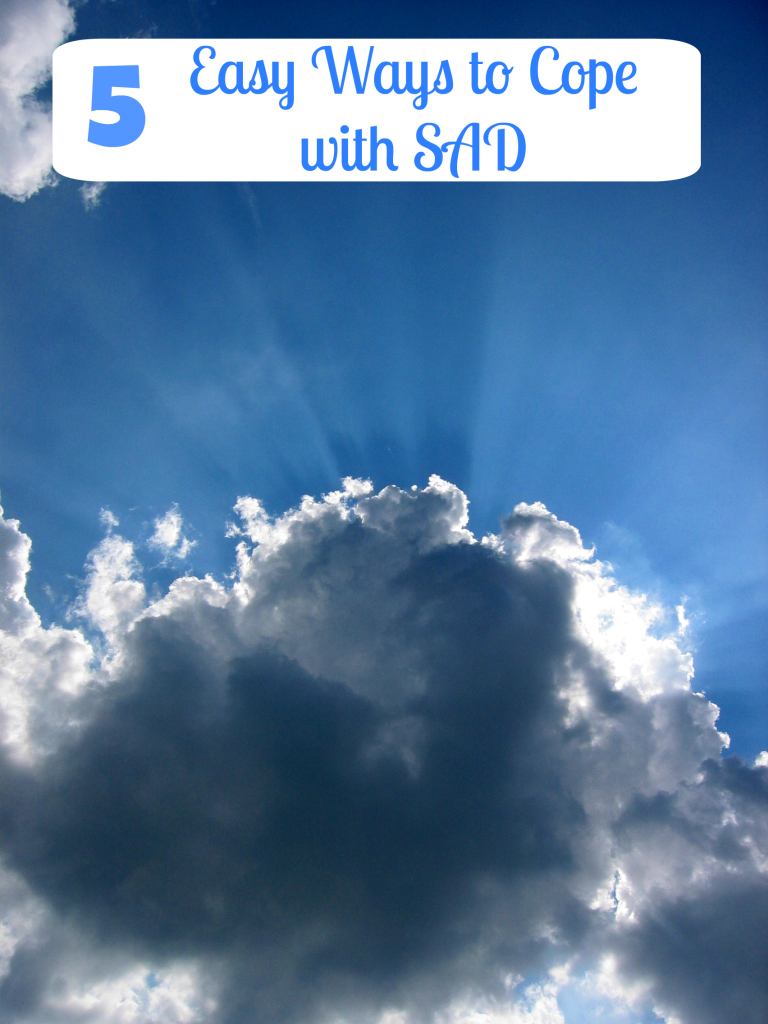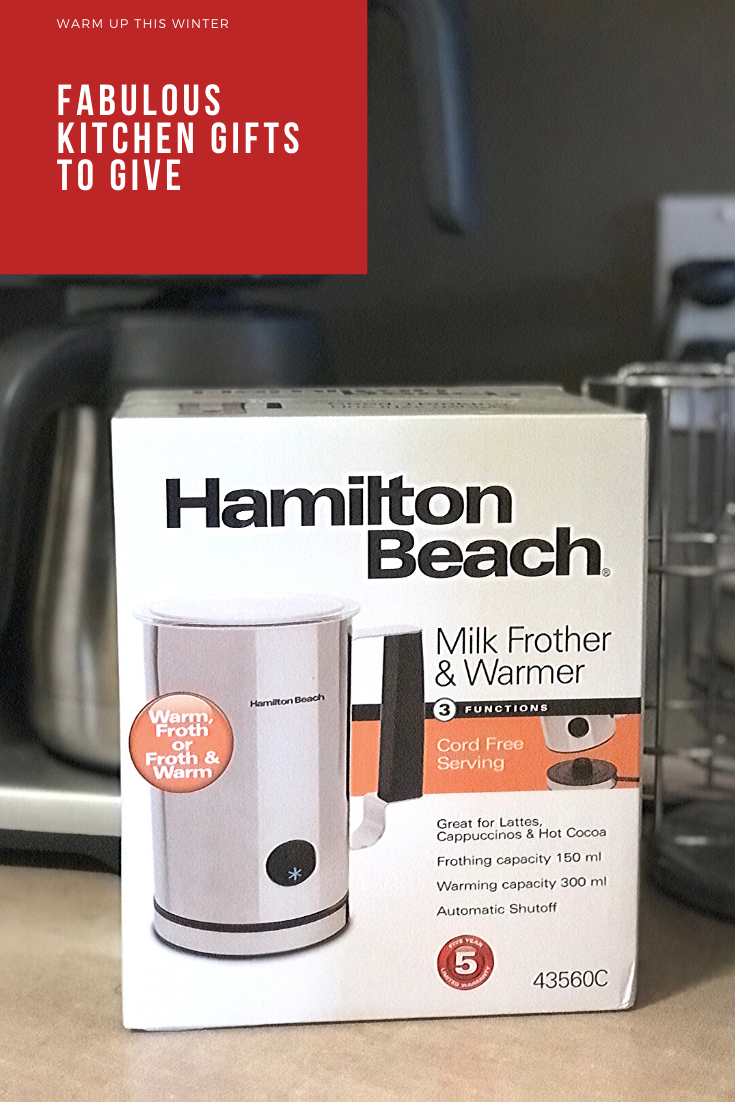
Five Ways to Cope with SAD (Seasonal Affective Disorder)

As seasons shift from fall to winter, there can also be a lot of climate changes and physical changes to your environment that are often hard to deal with for many. Seasonal Affective Disorder, or SAD, is a mental health disorder that is triggered by less light during the fall and winter months and the change in seasons. Symptoms of SAD can range from mild to severe. For a lot of people, SAD, makes it difficult to concentrate, causes a mild depression and even saps energy. It is always a good idea to see a health professional to both diagnose and ensure that there is nothing else wrong.
My Mom struggled with SAD in the winter months especially. Her doctor diagnosed it and suggested she purchase a light therapy lamp. This made a huge difference for my Mom. She took her light with her to the retirement home where she lived the last two years of her life. She did best with Seasonal Affective Disorder when she was remembering to turn the light on every day for five minutes in the morning. SAD can be tackled with phototherapy (light therapy), psychotherapy and sometimes drugs.
There are a few simple things that can help you cope with SAD.
These 5 ideas can help you cope with SAD symptoms, all of which are easy enough to incorporate into your already hectic schedule.
1. Move Your Workout Outdoors
Sunlight and fresh air are the best remedy for SAD symptoms, but its a lot harder to get outdoors when the weather is cold and the days are short. Instead of trying to change your entire workout schedule, move one workout outdoors a week, even if it means trying something new. Workouts don’t have to be routine, but can be fun. Strap on a pair of snowshoes, try cross country skiing or try a winter jog.
2. Add Vitamin D3
The lack of sunlight leads to most of the side effects that are associated with SAD, and that also accounts for the reduction of Vitamin D3. Boosting this vitamin intake in other ways is a great way to make up for the loss, and you can do so with a supplement that you purchase over the counter. Supplement your meals with orange juice, egg yolks, liver and fatty fish, which all contains huge doses of D3 that are easy for the body to absorb.
3. Natural and Artificial Sunlight Fixes
When you work long hours it’s hard to get in the needed amount of sunlight, because the sun is still not up and goes down before you leave the office. Try to get outdoors for even 15 extra minutes a day, or near windows, where you can see and bask in the sunlight. If you are stuck indoors and unable to do either of those, invest in artificial sunlight lamps that will help to perk up your body. Even though artificial sunlight lamps do not provide your body with the additional Vitamin D3 they need, they definitely work as mood boosters.
4. Increase Social Activity
With the colder months our time is more likely to be spent indoors, which means we are also less likely to socialize at the same rate that we did during the summer months. Make a point of adding at least one additional social activity to your calendar each week, something that is meant for pure fun with friends to keep your mood elevated. Something as simple as joking and laughing with friends can really contribute to your overall health.
5. Change Your Bathing Habits
One of the hardest things to do when you are dealing with SAD is to get up and moving in the mornings, fighting the urge to remain curled up in bed and in the house for the day. Change your bathing routine, switching to morning showers, adding a short cold rinse at the end and swapping out your normal products for those with citrus or mint scents to quickly perk you up and get you going.
Like most mental health illnesses or disorders, Seasonal Affective Disorder responds to some simple things and is easier to combat when you are feeling less run down. So be sure to get enough sleep, eat healthy and remember exercise in the winter months and SAD will be easier to manage. This post contains affiliate links.





28 Comments
Kay Adeola
These are great tips,I really hate this time of year and I rally hate getting up.I find the one thing that helps me is cold water on my face as soon as I get up,it really helps me to feel wide awake.
Robin (Masshole Mommy)
My mother has SAD and taking vitamin D really helps her. I always feel bad for her, though. It’s really tough on her.
Paula
Robin: I understand completely. My Mom had it also. The light box actually seemed to help a lot.
Heather
Great advice! I feel like I go out and do things in winter almost as often as summer. I love both seasons.
Krystal
SAD is the worst, and its acronym is totally appropriate. Thank goodness I live in Florida. I couldn’t stand to live in the super cold and super early dark.
Jaime
My husband definitely has a reaction to the changing seasons. Winter is the worst. We’re trying to get out with friends more, and he does take a lot of walks outdoors. I hadn’t considered the light therapy.
Sarah Bailey
What some great tips – I definitely find my mental health gets worse in the winter. x
Jeanine
Wow can I just say I had no idea about SAD I had never heard of it before this but it makes sense. Great tips for those going through this!
coolchillmom
I have been following this syndrome. I think it is amazing how the body react to it all. People need to know so they can adapt if they can and possible move to a tropical country!
Paula
That’s my retirement plan. Move to a warm environment when necessary.
Pam
The “daylight” indoor lighting really helps my son in law’s SAD. Along with making sure he’s getting plenty of vitamins, and spending as much time outside as possible!
Paula
That’s great. I know it helped my Mom too. I think that in Canada especially where winter is LONNGGGGGG and dreary that vitamin D is extremely helpful too.
Amber NElson
I have this too. It definitely is not fun. I try to get my workouts in daily otherwise I start getting into a slump.
Lois Alter Mark
My husband is convinced he suffers from this so I’m passing along these tips. I think we should buy one of those lights.
Mama to 5 BLessings
I had never heard of SAD before, this sounds like very useful and informative.
Cyndi Fodor
Thanks for this article. Many people have no idea that they have SAD. I have used light therapy and D3 for 20 years, The steps you describe also help people who work shifts. I worked midnights for 3 years and used all but the first one.
Paula
Thanks for commenting. I wasn;t even thinking of shift workers. Of course this makes complete sense! I am glad that these are effective for you too Cyndi.
Ann Bacciaglia
I definitely feel the change when we are in winter. My new house has a huge window beside my work space. I am hoping that will make a difference this year.
touristmeetstraveler
I use to always work out at home, but once I actually got a gym membership and go religiously; I enjoy it a lot more!
Nicole
I think my son might have a touch of SAD he hates this time of year, but he usually sleeps better, ironically. Living in Portland, it’s not uncommon to have a higher suicide rate in the winter. Annually we get 260 days of rain a year.
Our Family World
Getting out is always the best thing to do, the more you stay in can really make you feel depressed!
Life As A Convert
These are all great tips. I’ve also heard about a special light that can be used in a person’s room.
Rena McDaniel
I really have to be careful with my mom at this time of the year. She suffers from Alzheimer’s Disease and it is always worse when the winter months hit because of the shorter days. I try to keep her busy since we can’t get outside as much and keep alot of the household lights on and this seems to help some.
Chrystal @ YUM eating
These are all great tips. I already suffer from manic depression and PTSD, which gets worse when Michigan winter takes over. I find that getting up and getting moving is half the battle.
Melissa Smith
I love these tips! One thing I always do is open all of the curtains & blinds to get some sunlight in. As a bonus, it helps let in a bit of heat from the sunshine.
Marielle Altenor
Last year I was home all winter and unless I had to bring my kid to the school bus I would much rather curl up in my bed and sleep the day away. This year I’m working full time so no time to be SAD.
Tough Cookie Mommy
This is such an important topic to bring awareness to. My moods definitely shift with the changing of the seasons.
Danielle
I have a cousin that SAD she lived in Alaska and the 6months of night really did a number on her. I think she had to do light therapy and began to feel so much better.